962-7983-18423+
24/7 دعم

Gibran’s literary style was characterized by smooth words, simplicity of expression, the use of all linguistic formulas and styles, and the frequent use of metaphors and figures of speech. Perhaps the most important feature of Gibran’s literary works is creativity in the art of photography. We find many beautiful, imaginative artistic images full of deep meanings and expressions covering his literary works; because he was an artist and painter who initially depicted the idea and then created it. Gibran relied on two styles in his literary works: the first is characterized by strength and revolution against beliefs and customs and the call for freedom, and the second is characterized by the love of enjoying life and the call to follow inclinations
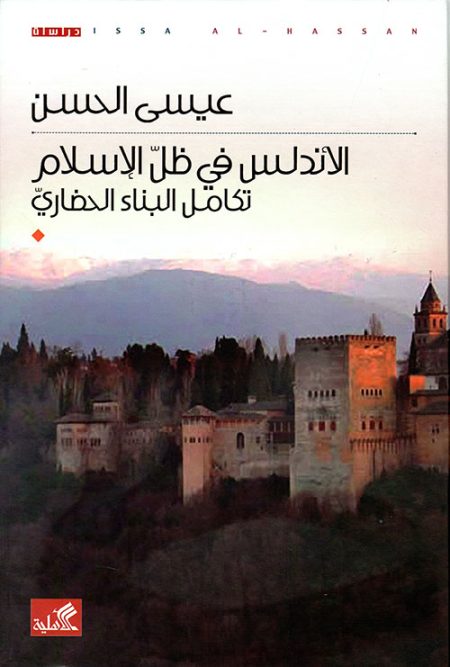
The book examines the development of civilization in Andalusia under Islamic rule, focusing on aspects of cultural and scientific development.
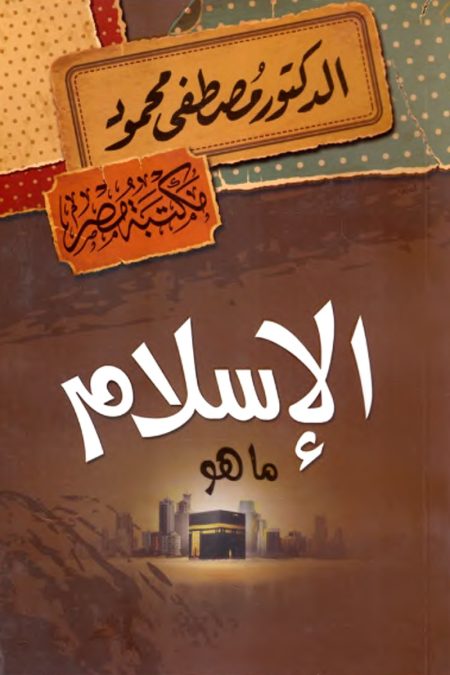
Muslims in modern times have faced an important problem. Their relationship with Islam has become weak and cold. Many consider themselves Muslims only on paper. They practice their religion routinely and flattery. This approach to religion worries many thinkers.
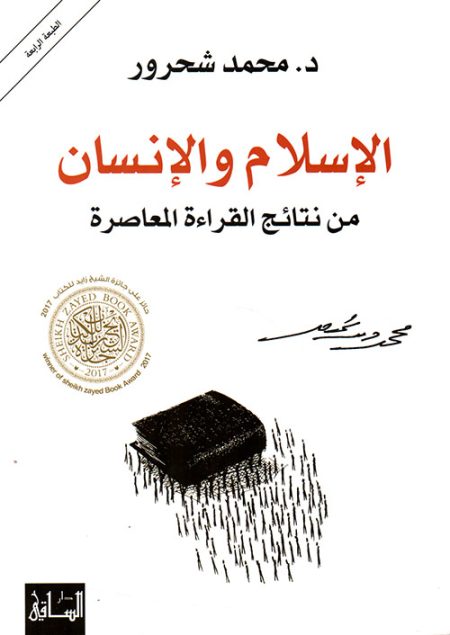
The book analyzes the results of contemporary reading of Islam and how they impact human understanding of the Islamic message in the modern era.

A book that discusses the relationship between Islam and modernization in light of the political and social events that the Arab world witnessed during the Arab Spring.
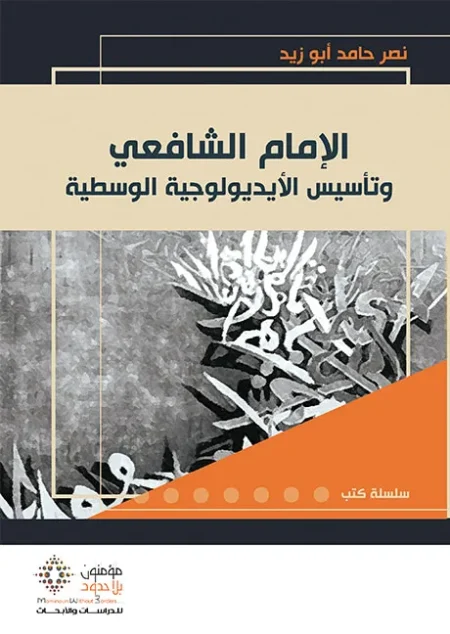
The book discusses the role of Imam Al-Shafi’i in developing moderate thought in Islam

A philosophical exploration of faith in the face of love and loss.
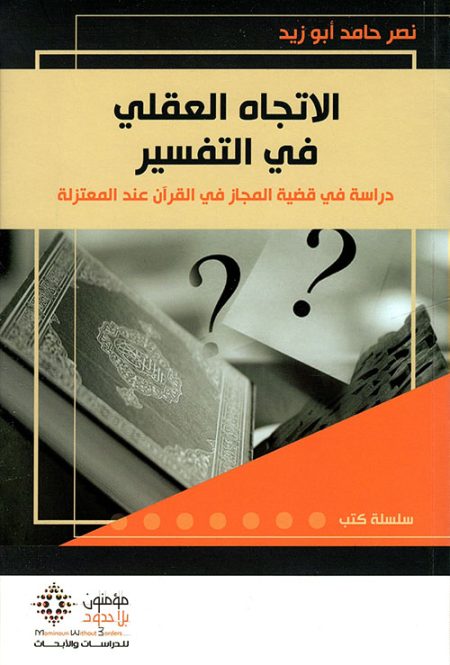
Discusses the role of reason in interpreting the Qur’an and how to use it to understand religious texts according to the rational approach
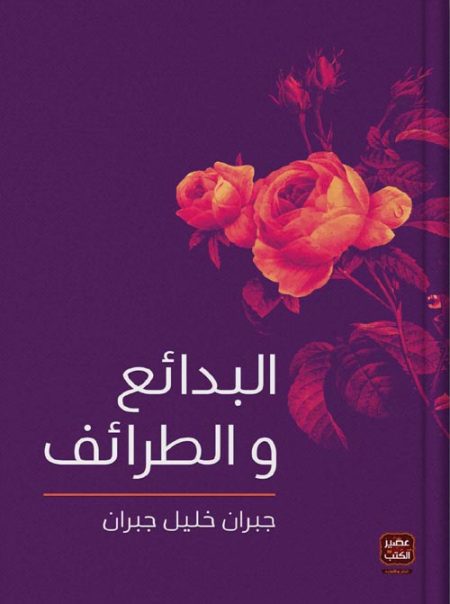
Gibran’s literary style was characterized by smooth words, simplicity of expression, the use of all linguistic formulas and styles, and the frequent use of metaphors and figures of speech. Perhaps the most important feature of Gibran’s literary works is creativity in the art of photography. We find many beautiful, imaginative artistic images full of deep meanings and expressions covering his literary works; because he was an artist and painter who initially depicted the idea and then created it. Gibran relied on two styles in his literary works: the first is characterized by strength and revolution against beliefs and customs and the call for freedom, and the second is characterized by the love of enjoying life and the call to follow inclinations

This book chronicles world history from creation to the era of Ibn Kathir, with a focus on Islamic events and prophets.
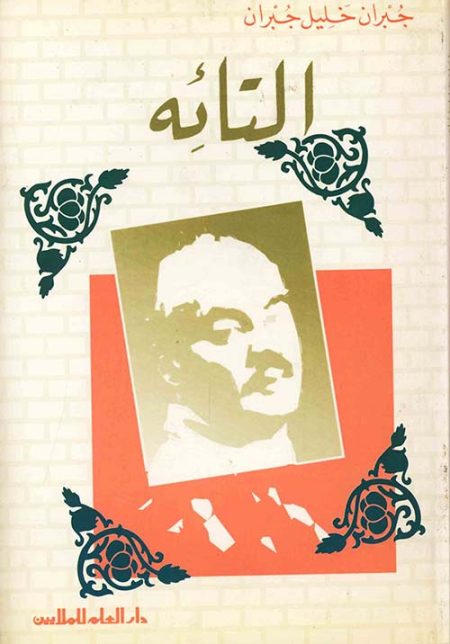
Gibran’s literary style was characterized by smooth words, simplicity of expression, the use of all linguistic formulas and styles, and the frequent use of metaphors and figures of speech. Perhaps the most important feature of Gibran’s literary works is creativity in the art of photography. We find many beautiful, imaginative artistic images full of deep meanings and expressions covering his literary works; because he was an artist and painter who initially depicted the idea and then created it. Gibran relied on two styles in his literary works: the first is characterized by strength and revolution against beliefs and customs and the call for freedom, and the second is characterized by the love of enjoying life and the call to follow inclinations
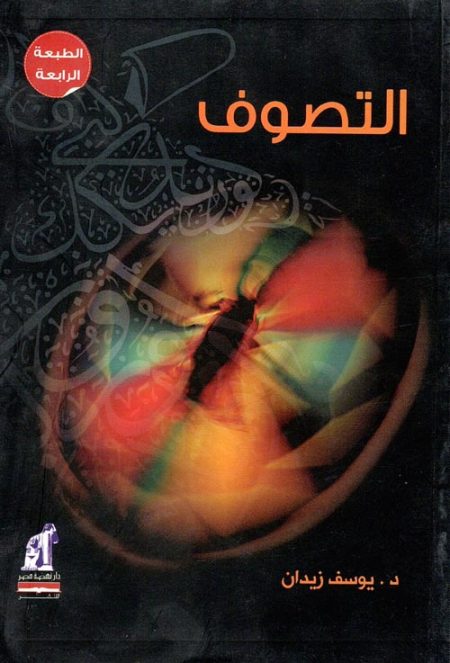
The book addresses the origins and development of Islamic Sufism, historically and intellectually, clarifying its spiritual and philosophical dimensions.
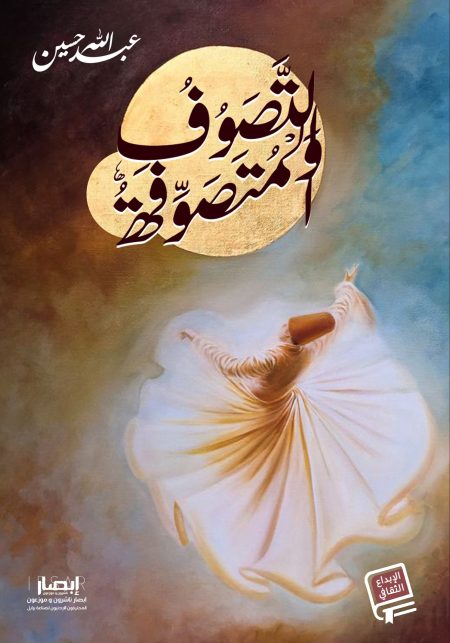
It presents a comprehensive study of the origins of Islamic Sufism, its historical development, and its spiritual concepts, with a focus on the prominent Sufis and their influence on thought and society.
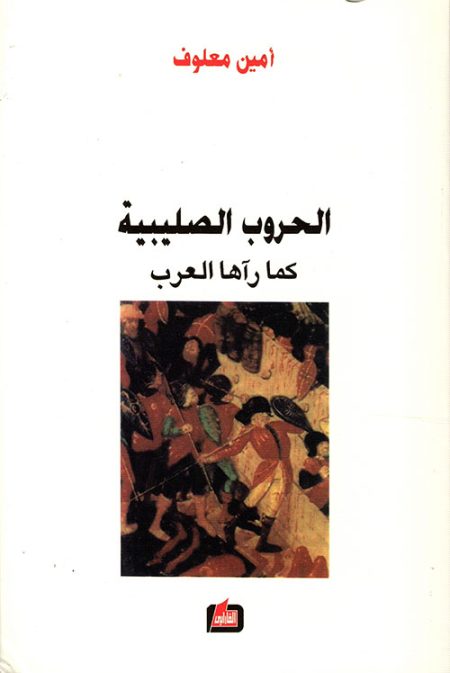
This book presents the Arab view of the Crusades and examines the events from a different historical and cultural perspective.
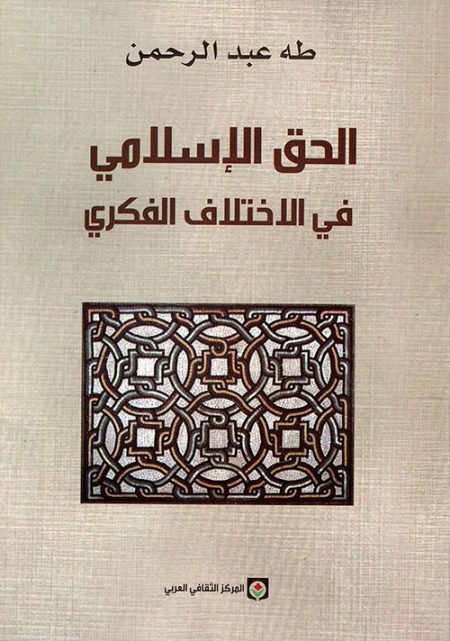
Dr. Taha Abdul Rahman opens this book with a question: Does the Muslim nation have its own answer to the questions of its time? He believes that every time has its own questions, and it is the duty of every nation to answer these questions, and it is not a true nation until it raises the answer to the rank of independence in it.

It is a book in which the author presents how to treat diseases of the heart and soul with faith and good deeds.
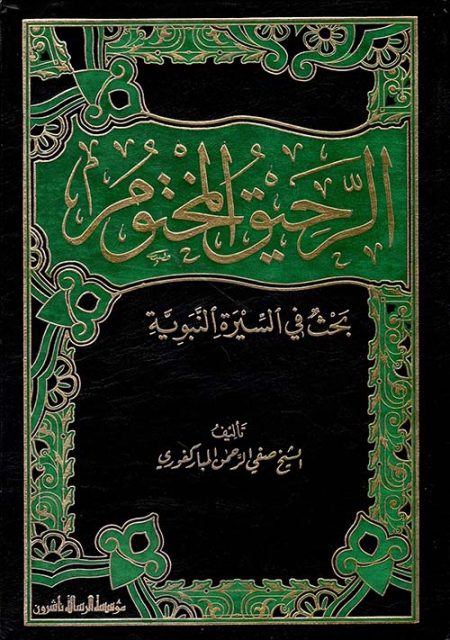
The book The Sealed Nectar is a comprehensive biography of the Prophet, written by Safi al-Rahman al-Mubarakpuri, presenting the life of the Prophet Muhammad, peace and blessings be upon him, in a precise and systematic manner.

A suspenseful mystery novel that follows symbologist Robert Langdon on an adventure to uncover lost historical secrets linked to Freemasonry.

It is a book that deals with topics related to the nature of the soul, its effect on man, its stages, and many spiritual aspects in Islam.
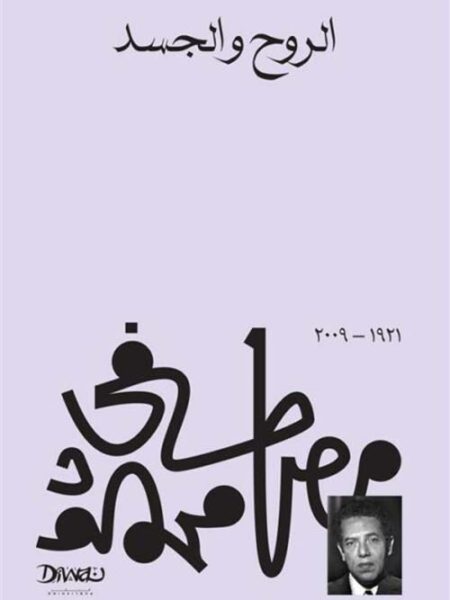
“True happiness is a deep state of tranquility in which there is less need to speak and no desire to gossip. It is a state of joyful inner vision, a sense of reconciliation with the soul, the world and God, a deep conviction of the justice inherent in all existence, and an acceptance of all sufferings in contentment and smiling.”
“Oh God, make my call with you alone, for you alone know, and do not oppress, and do not change words and judgments, and do not lose your love”
“Silence full of feeling has a stronger judgment than the rule of the word